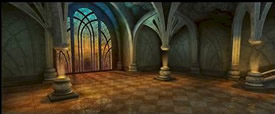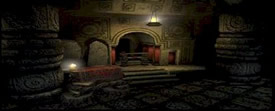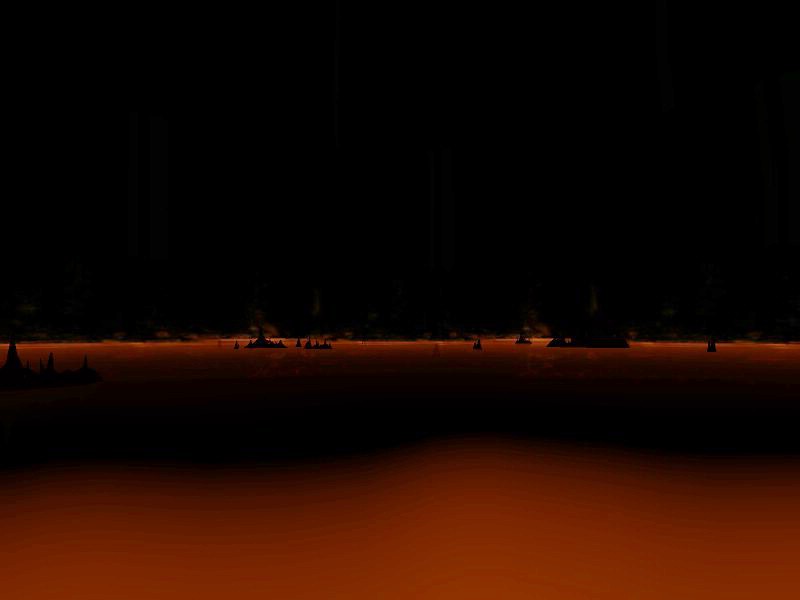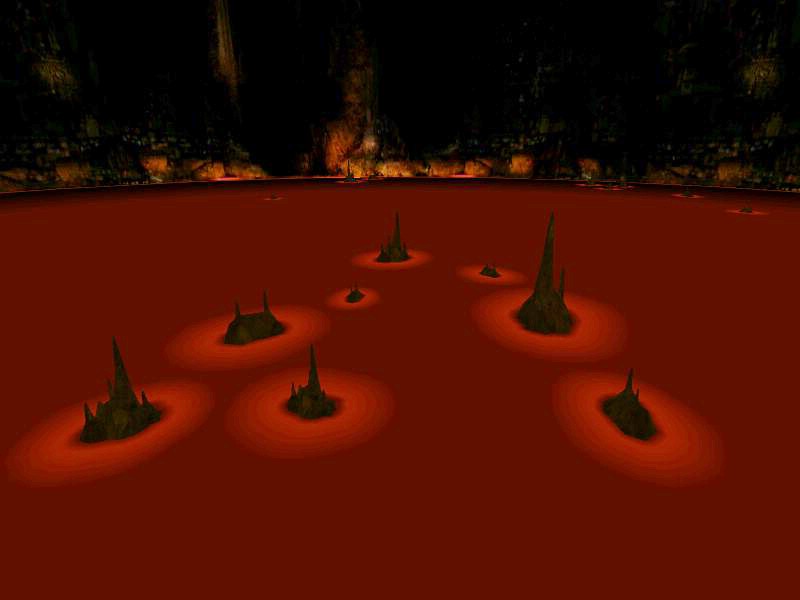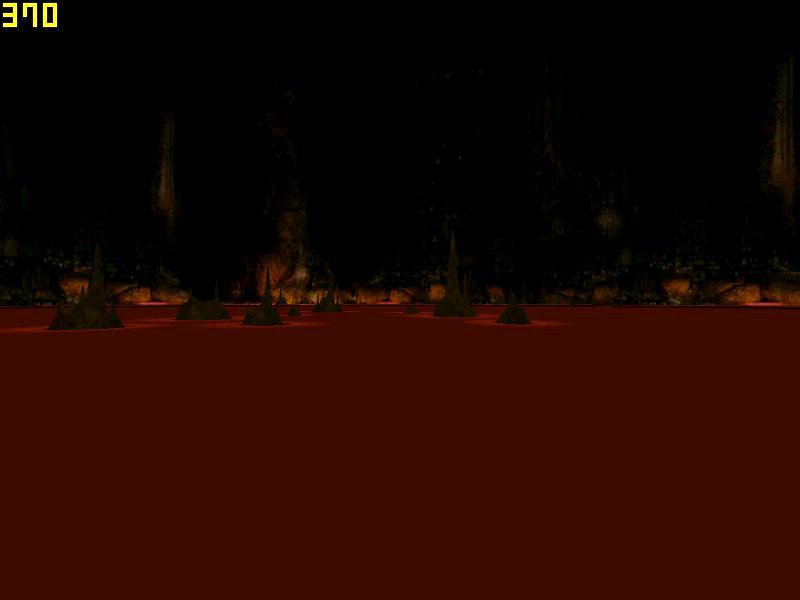

|
|
When it became obvious that Garternay was doomed, The Ronay used the Art of linking to new worlds to escape. Most Ronay went to Terahnee, but a number of groups split off and went to other Ages. Ri'neref brought his followers to D'ni, a cavern located about four miles under the surface of what is now the State of New Mexico. The D'ni did not know if the surface of the Earth had sentient inhabitants. They suspected that it might, but didn't know for certain until Anna found her way into D'ni nearly ten thousand years after they arrived. "D'ni" is a word that is used for the people, their empire, their city, their language, the central cavern which contains most of their city, or the entire system of caverns and tunnels. Ri'neref believed that the cavern would be safe from most natural disasters, and that living there would cause the D'ni to have greater appreciation for the beauty and wonders of other Ages. His intention was for the D'ni to grow into being a humble and reverent people. The majority of the Ronay followed their king to Terahnee (New Tree), which was beautiful, pleasant, and a world where they thrived until Atrus and the D'ni survivors of the Fall discovered the Terahnee linking book in the Great King's Tomb. The cavern complex, including the Great Shaft, is mostly located within the borders of what is now Eddy County in New Mexico, USA. Eddy County is also the home of the city of Carlsbad and Carlsbad Caverns National Park. A view of the D'ni Cavern from a neighborhood. The large island in the right half of the image is Ae'gura. One of the visible islands should be K'veer, but which one has yet to be determined.
Other Caverns: The city of D'ni is not restricted to the main cavern. When Ri'neref arrived, he brought thousands of followers with him, and when the population grew, they soon ran out of usable space for dwellings. That became an ongoing problem, because living in D'ni became a point of pride for the people, and the vast majority did not want to live in other Ages. Even well-to-do families who owned private Ages kept their official homes in the caverns. This meant that right up until the Fall, locating new residential space was always a priority for survey teams. As time passed in D'ni, they spread into several nearby caverns. We know the names of at least three of them; Irrat, Rolep, and Rudenna. We are unable to visit any cavern other than D'ni and Rudenna, but both of those hold large lakes teaming with a type of algae that glowed bright and then darkened in a thirty hour cycle. Ri'neref wrote the algae that way to match the natural day-night cycle of Garternay. This picture is an overview of Rudenna, another heavily settled cavern of D'ni. One cannot tell if the islands are carved into dwellings like K'veer, but it's easy enough to see the residential and industrial districts in the cavern walls.
Lesser Islands: There are a number of islands both large and small in the caverns, and many have buildings on or in them. The islands in the main cavern include:
In the early years, the majority of the people of D'ni lived in the D'ni City, which was set in a large nook in the cavern wall near Ae'gura. Later, residential neighborhoods were constructed in the cavern walls wherever they could find stable rock, and the D'ni spread to other caverns such as Rudenna, Irrat, and Rolep. There are thirteen known major residential and industrial districts in D'ni. They are named Ashem'en, Belari, Ishah, J'Taeri, Jaren, Kaleh, Kali, Karim, Kerath'en, Lanaren, Ne'weril, Nehw'eril, and Vamen. Ashem'en is the district which holds the Er'cana Silo, but was originally named Uran. Ne'weril and Nehw'eril are not typographical errors or variations of the name of one place. They are two separate districts. There are numerous smaller residential neighborhoods on the walls of the caverns. We know the names of three of them, Bevin, Kirel, and Seret, which differ in detail although their general layouts are nearly identical. The Bevin style is the most common building plan for neighborhoods. Seret shares the same layout as Bevin, but has different lamp and color features. Kirel is a mirrored version of the Bevin style, and was the location of the first DRC headquarters in the Cavern. They later moved it to Tokotah I when that building was certified as safe. |
Myst, the Myst logo, and all games and books in the Myst series are registered trademarks and copyrights of Cyan Worlds, Inc. Myst Online: Uru Live is the sole property of Cyan Worlds Inc. The concepts, settings, characters, art, and situations of the Myst series of games and books are copyright Cyan Worlds, Inc. with all rights reserved. I make no claims to any such rights or to the intellectual properties of Cyan Worlds; nor do I intend to profit financially from their work. This web site is a fan work, and is meant solely for the amusement of myself and other fans of the Myst series of games and books. |
